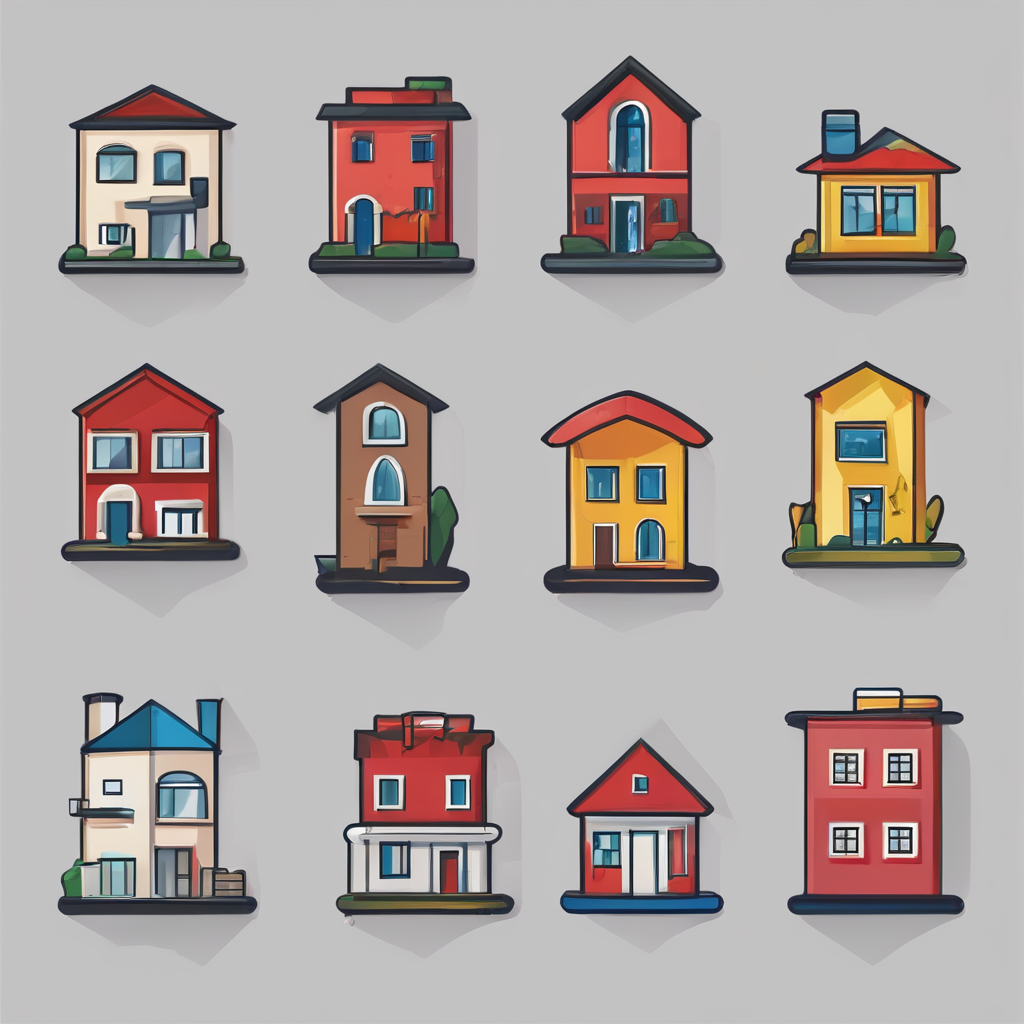Understanding the Impact of Property Development on Norfolk’s Wildlife
The property development landscape in Norfolk is rapidly evolving, affecting local wildlife and ecosystems. As new constructions emerge, understanding the ecological impacts they impose becomes crucial. Property development can disrupt natural habitats, leading to fragmentation which threatens biodiversity. In turn, local species may face challenges such as loss of habitat, reduced food sources, and increased competition, pushing several to the brink of extinction.
One key aspect is the importance of safeguarding biodiversity amidst these changes. Without careful planning and management, property development could drastically alter Norfolk’s picturesque landscapes, affecting its unique flora and fauna. Protecting wildlife involves integrating conservation strategies within development plans—ensuring that human activities do not irreparably harm the environment.
Also read : How High-Speed Internet Revolutionizes Rural UK Property Prices: An In-Depth Longitudinal Study
Furthermore, it’s crucial for property developers and policymakers to collaborate on incorporating wildlife conservation measures, like creating green corridors and implementing sustainable building practices. By designing developments thoughtfully and considering ecological impacts, it’s possible to maintain a balance where urban growth and wildlife preservation can coexist harmoniously. This proactive approach not only supports biodiversity but also benefits the community by preserving Norfolk’s natural beauty.
Innovative Strategies for Wildlife Protection
Incorporating innovative conservation strategies during property development is essential for maintaining ecological balance. One method involves creating wildlife corridors, allowing animals to move safely between habitats fragmented by human infrastructure. These pathways facilitate genetic diversity and resilience in local species populations.
This might interest you : Maximizing Heat Efficiency: Unveiling the Impact of New UK Insulation Standards on Heritage Homes – Crucial Tips for Homeowners
Case studies from around the globe highlight success stories in implementing effective conservation strategies. For instance, in the Netherlands, developers integrate ‘eco-ducts’—special bridges designed for animal crossings—above highways to ensure safe passage for wildlife. Such initiatives have proven beneficial in reducing roadkill and preserving ecological networks.
Experts recommend combining traditional conservation practices with new technologies. Methods such as using drones for habitat monitoring or employing AI for tracking animal movements can enhance our understanding of ecological dynamics. These insights can guide wildlife protection strategies, adapting them as environments change.
By examining and implementing these strategies, property developers can reduce negative environmental impacts while fostering biodiversity. Ultimately, these measures help create a sustainable coexistence between urban growth and wildlife preservation, ensuring that Norfolk’s diverse ecosystems remain vibrant and thriving for future generations.
Regulatory Frameworks for Environmental Protection
In Norfolk, the existing environmental regulations play a vital role in conserving natural resources and mitigating the ecological impacts of property development. These regulations aim to protect habitats and ensure that development projects comply with conservation laws. However, navigating this regulatory landscape presents both challenges and opportunities.
One challenge is balancing economic interests with environmental priorities. Developers must adhere to stringent guidelines, which can sometimes lead to delays or increased costs. Yet, these regulations also present opportunities for innovation. By leveraging sustainable building practices, developers can gain not only compliance but also a competitive edge in the market.
Policymakers are instrumental in crafting and updating these conservation laws to align with current ecological needs. Their role extends to fostering collaborations between stakeholders, including local communities, businesses, and environmentalists. The introduction of incentives for green construction and the demarcation of protected areas are examples of proactive policymaking.
Ultimately, an adaptive regulatory framework is essential. It should evolve based on scientific research and community feedback, ensuring Norfolk’s development is both economically viable and environmentally sustainable. Such a framework helps secure the region’s natural legacy for future generations.
Community Engagement and Conservation Efforts
Involving the community in wildlife protection efforts is crucial. Public engagement fosters environmental stewardship by empowering local residents to play an active role in conservation. This participation can significantly enhance conservation efforts, leading to more sustainable outcomes.
There are successful examples where community involvement has made a tangible difference. In Norfolk, local conservation initiatives, such as community-led clean-up drives and habitat restoration projects, have improved local ecosystems. These projects not only restore habitats but also educate the public about the importance of maintaining healthy ecosystems.
To increase public awareness and participation, it is essential to create accessible platforms for education and dialogue. Workshops, seminars, and social media campaigns can be employed to inform the community about conservation efforts and the significance of biodiversity. This approach ensures that environmental stewardship becomes a shared community goal.
Moreover, policies encouraging community-driven initiatives can bolster these efforts. Encouraging public-private partnerships and providing grants for small-scale ecological projects are effective strategies. By aligning community interests with conservation goals, sustainable development becomes a collaborative and achievable pursuit.
Future Recommendations for Sustainable Development
Ensuring sustainable development in Norfolk necessitates the integration of wildlife protection into future projects. Prioritising ecological sustainability involves adapting management strategies, aligning long-term plans with environmental preservation, and incorporating methods proven to mitigate adverse effects on biodiversity.
Adaptive management is key for development planning. By responding to evolving environmental conditions and emerging scientific insights, developers can maintain ecological balance. This approach involves continuous monitoring of projects’ impacts on wildlife, allowing adjustments to minimize harm while optimizing urban growth.
Visionary strategies must balance economic growth with ecological preservation. This can be achieved by embedding green spaces within urban areas, ensuring wildlife corridors are maintained or expanded, and preferring renewable materials in construction. Implementing rigorous environmental assessments prior to initiating development informs decision-making, reducing the risk of unintentional ecological damage.
Ultimately, Norfolk should aim to become a model of sustainable development that respects the delicate interplay between humanity and nature. By fostering collaboration among developers, policymakers, and the community, future efforts can successfully safeguard local ecosystems, ensuring economic advancements don’t come at the cost of losing valuable natural resources. This approach benefits both current residents and future generations.
